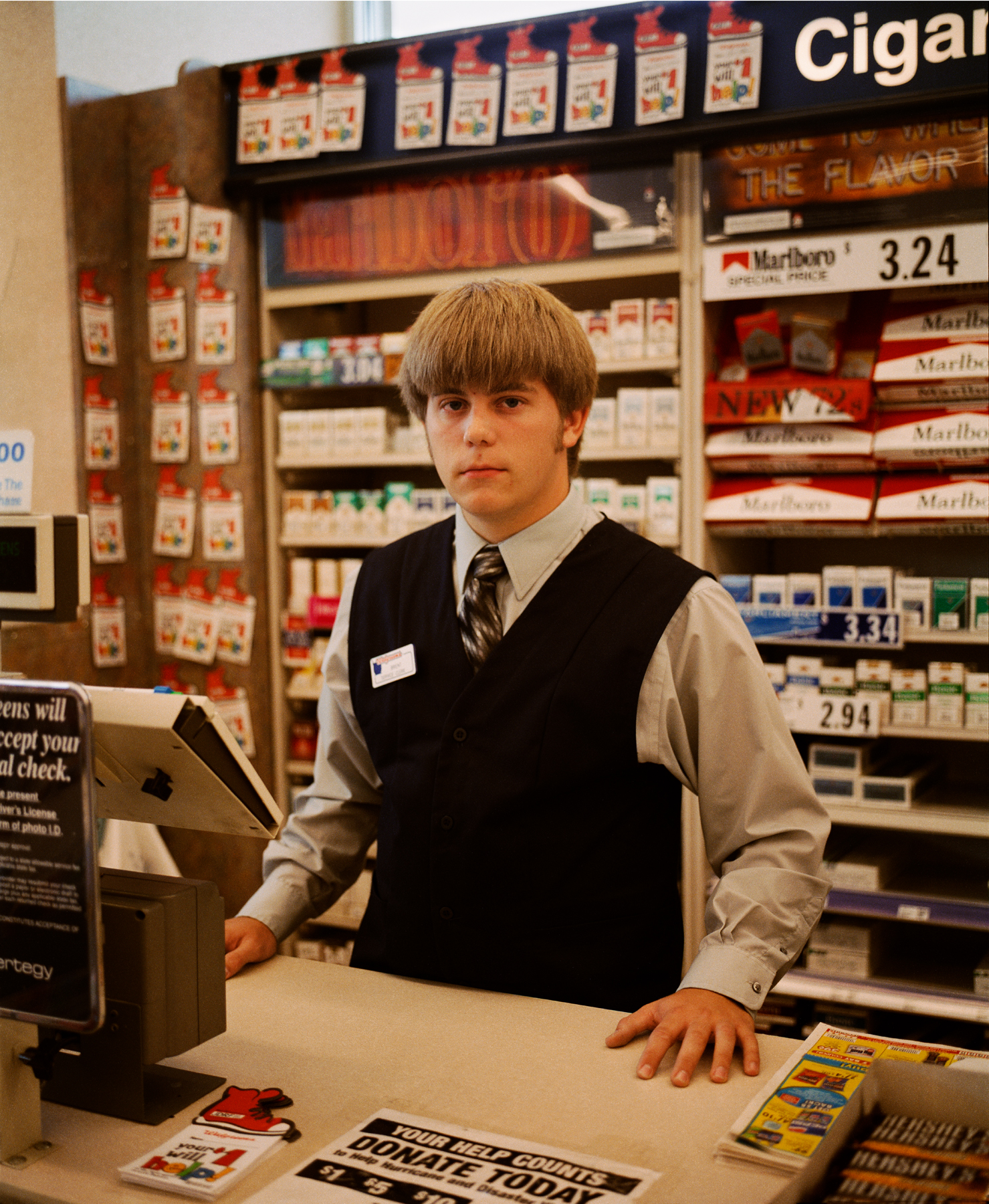Gregory Halpern: From rising stars to industry heavyweights, i-D meets the photographers offering unique perspectives on the world around them.
Gregory Halpern grew up in Buffalo, New York, hundreds of miles from Omaha, Nebraska. His interest in the American Heartland and the subsequent photographic project it birthed didn’t begin until after he left graduate school in his twenties. “I was living in San Francisco, and in something of a funk — barely employed and barely making work,” he says. “I applied for a handful of artist residencies, to get out and be somewhere new. One of them came through — the Bemis Center — which is in Omaha.”
Offered a place to live and a small stipend for four months, Gregory left for a city he knew nothing about, and where he knew nobody. “It took me out of my routine, put me in a new environment where I had nothing much else to do other than photograph. It was like a new lease on life, and I just fell in love with being there… I photographed constantly.”
Inspired by the work of photographer and fellow Buffalonian, Milton Rogovin — who made black-and-white portraits of the same people and families over decades, “work that was so simple but so moving and made around the corner from where I grew up” — Gregory sought to capture the slow changes and subtle details of Omaha over the course of 15 years. “I took a part-time job teaching photography in a community college there,” he says. “Eventually I left but I returned on and off over the years because I was excited about what had started there.”
The resulting book, Gregory Halpern: Omaha Sketchbook, and the accompanying exhibition opening today at London’s Huxley-Parlour Gallery, captures a city pushed and pulled in many different directions. Omaha is a city that has been vilified by some and vindicated by others; its complications brought to the surface by the Trump administration. In its DNA is an ideology increasingly at odds with the prevailing norms of the country’s liberal epicentres on the east and west coast.
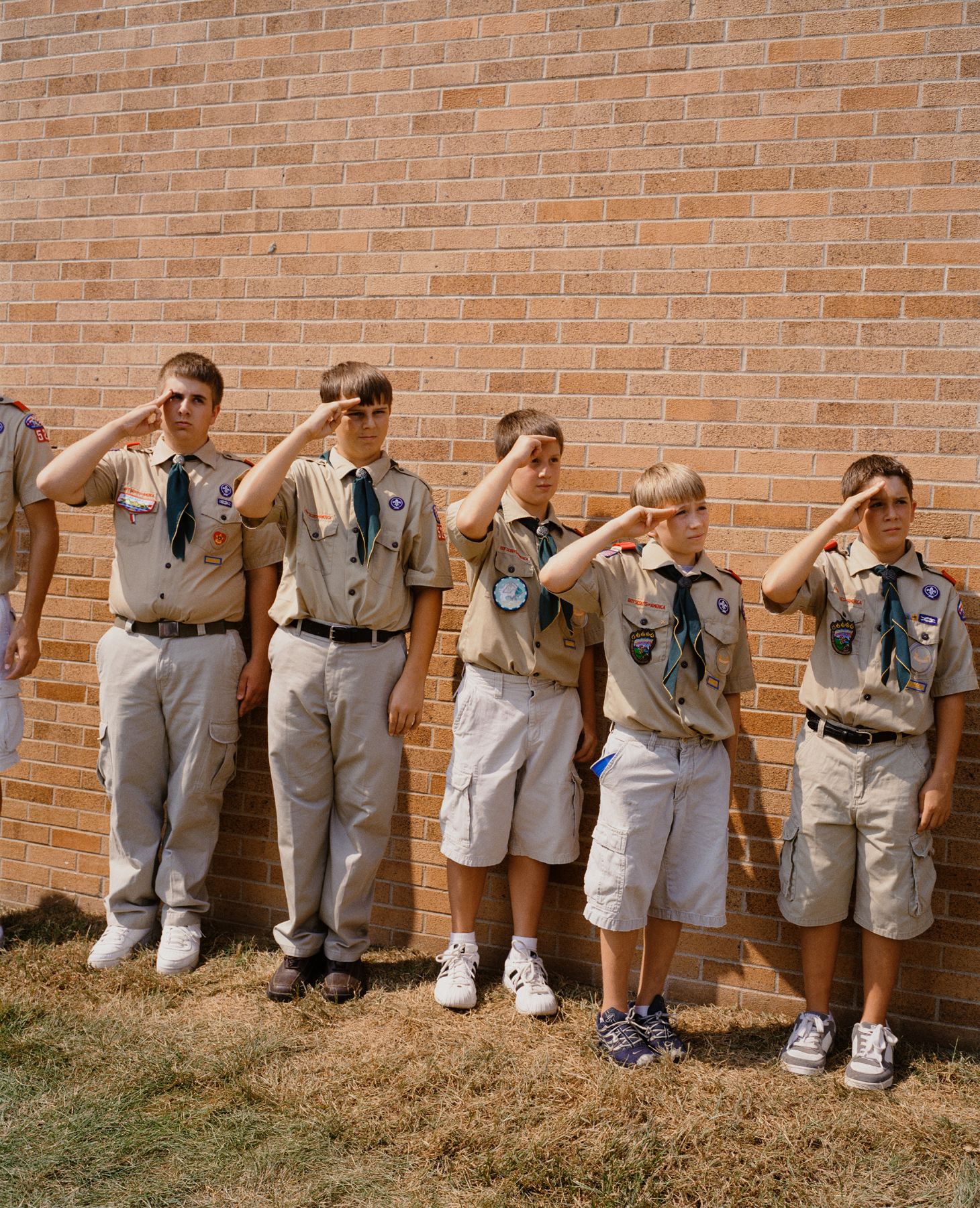
What details about Omaha — social, political, geographical — were you most looking to express through this project?
Like all places Omaha is complex and contradictory, almost impossible to make sense of. Any attempt to describe a place as being too much one way or another is inevitably going to be false and full of clichés. I’m generally not interested in chasing one type of thing to photograph, but one of the patterns that did seem interesting to me was that men were more outwardly comfortable and proud being traditionally masculine than the places I had lived before, in New York or California. I was intrigued by it, in part because it was a little foreign and not a huge part of my own upbringing. I mean, the values in my home were a bit atypical, but you never really escape the ways gender is taught or modelled. Probably before a boy turns two years old, he’s taught that he ought not to be too sensitive, and in the coming years, even despite the intentions of good parents, boys are taught to celebrate aggression, violence, domination. They learn that they’ll inherit patriarchy and it will be their responsibility to maintain it. I have two daughters, the second of whom was born the night Trump was elected — and it’s been all but impossible not to see the world through the eyes of a young girl. It says something about my blindspots, I realise, that it took me having daughters, not to mention the power of the Me Too movement, to see patriarchy for what it is.
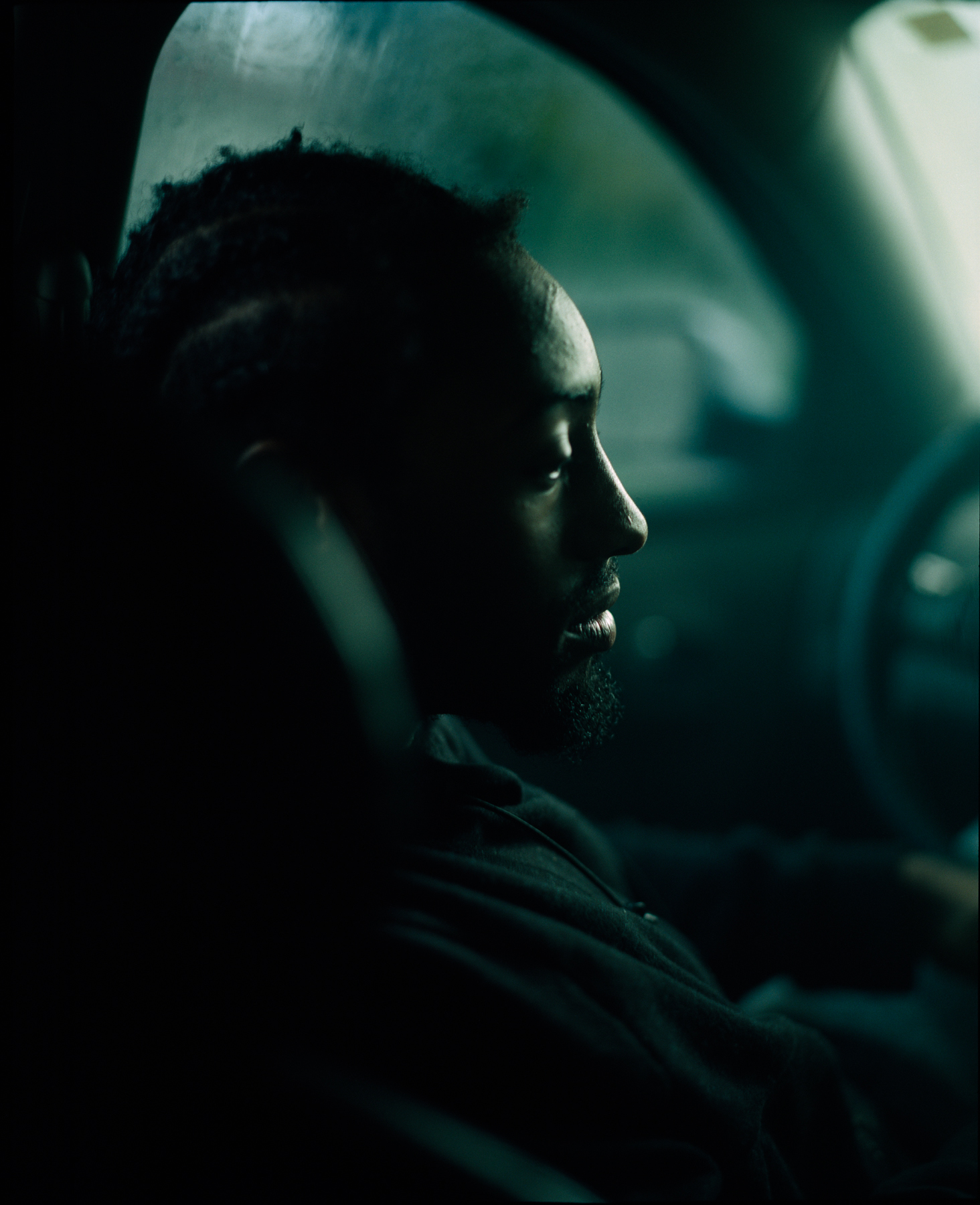
What changed in the 15 years you spent working on these images? Has the political shift of the last four years shaped the community at all or changed the atmosphere?
It’s hard to say because I still feel like an outsider in Omaha despite having spent a lot of time there over the years. I did go to a Trump rally to photograph at one point, and there were a handful of protesters, one of whom was somewhat androgynous-looking. One of the Trump supporters yelled “faggot” at protester, and I hadn’t heard that word shouted out loud like that since I was a kid. It’s just a random anecdote, and of course that could have happened anywhere, but it reminded me that Trump has definitely given “permission” to a lot of people to exorcise various forms of rage kept bottled up in past years.
None of the photographs from the Trump rally made it into the book, by the way, because they all wound up looking like caricatures. The pictures felt a little unfair and uncomplicated. It was hard to make a complicated or subtle portrait there, although I really wanted to. The MAGA hat alone is such a problem, for example. You just project so much onto the person that it becomes impossible to “read” their face on your own, like trying to read a book of poems with pop music blaring in the background or something!
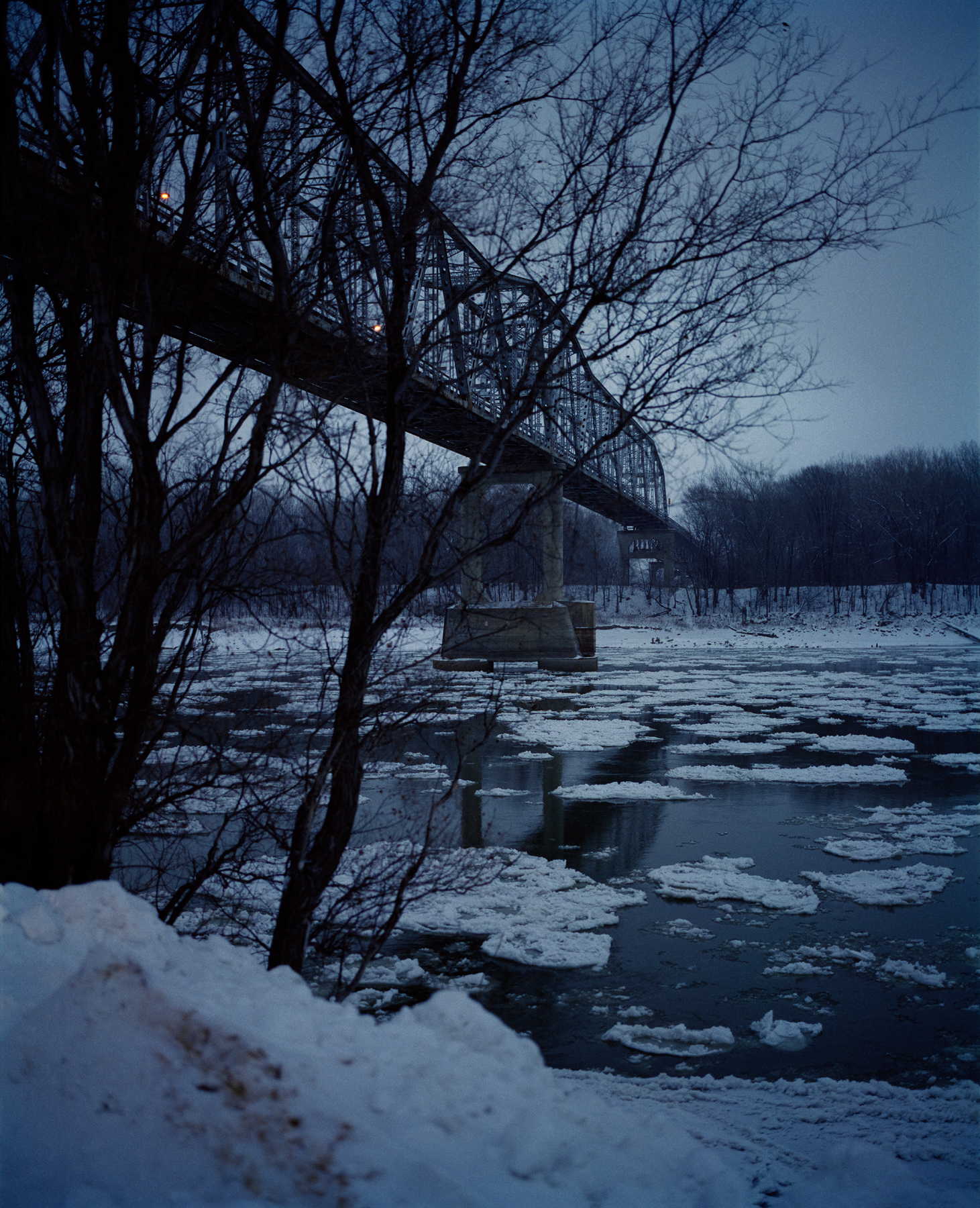
What is the “American Heartland” and, having documented a small part of it, is there anything misunderstood by the wider public about it?
Well it’s tricky to define, but I’d say the “Heartland” refers to a handful of states in the middle of the US which are largely white, Republican, Christian and with traditional or old-fashioned social values. The masculine ideal of the pioneer feels more important there than elsewhere. And there’s an almost mythical sense, among some, that this region is the heart of America, although the heart of America is changing, and as others have observed before me, that’s one of the major factors, if not the major factor, at play in Trump’s rise. These are all generalisations, of course, but I think there are some truths in there too.
What social structures does this work examine?
I’d say it examines the modelling of American masculinity and its relationship to power, violence and vulnerability.
Is there a single image in this that means the most to you or exemplifies the entire book?
The diptych of the Boy Scouts might — that typically male connection between inadequacy and aggression.

What is it that you look to capture in your work?
There has to be something that defies expectations, something that surprises or unsettles or nags at you. Something that makes you think, not something that simply reaffirms what you already know or feel.
What makes a compelling photo?
For me a compelling work of art usually contains some degree of tension or contradiction, whether it’s nameable or not. Perhaps it’s just felt — some sort of cognitive dissonance. I’d say dissonance is what life is, and what makes a work of art multi-dimensional. Because photography is so much about the question of inclusion and exclusion — in the literal sense of what one crops out of the frame, what one prints or leaves in the outtake pile — it tends to over-simplify things. In our attempts to organise reality with our cameras, I think we often end up distorting it, although we sometimes misleadingly claim we’re simply “reflecting” it. So I like to provide some clues and “directions” to viewers, but mainly I just want them to arrive at the big decisions on their own.
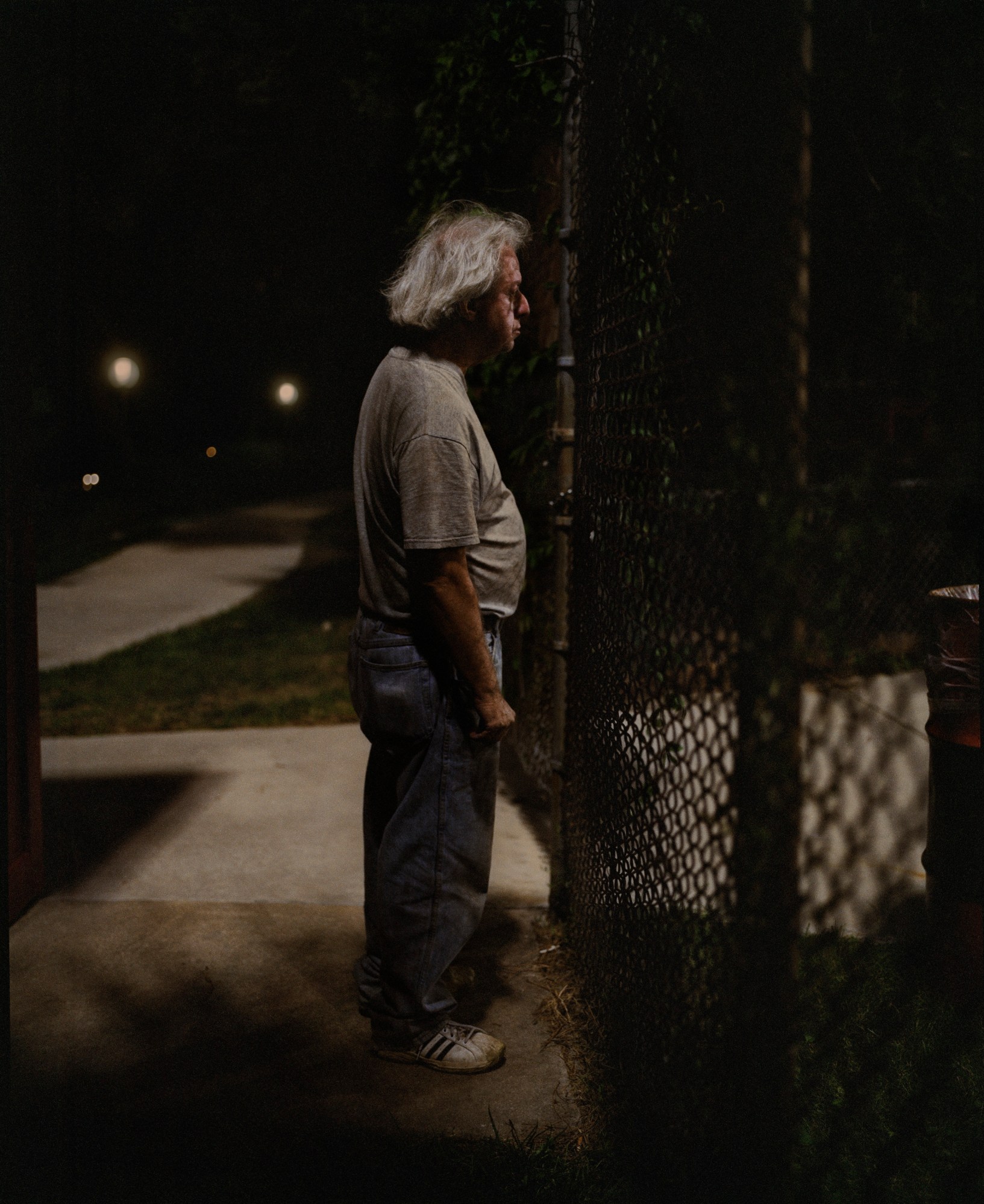
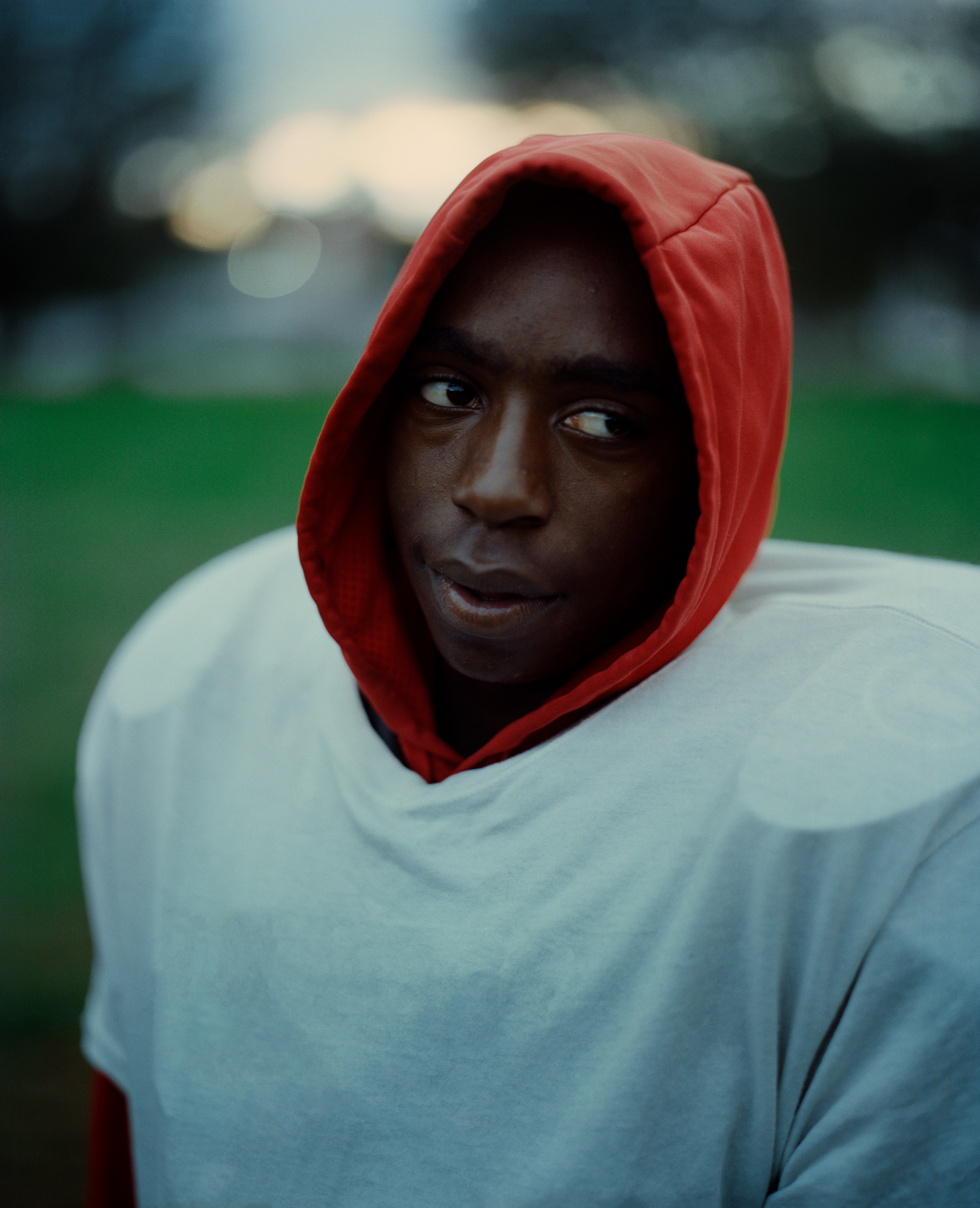
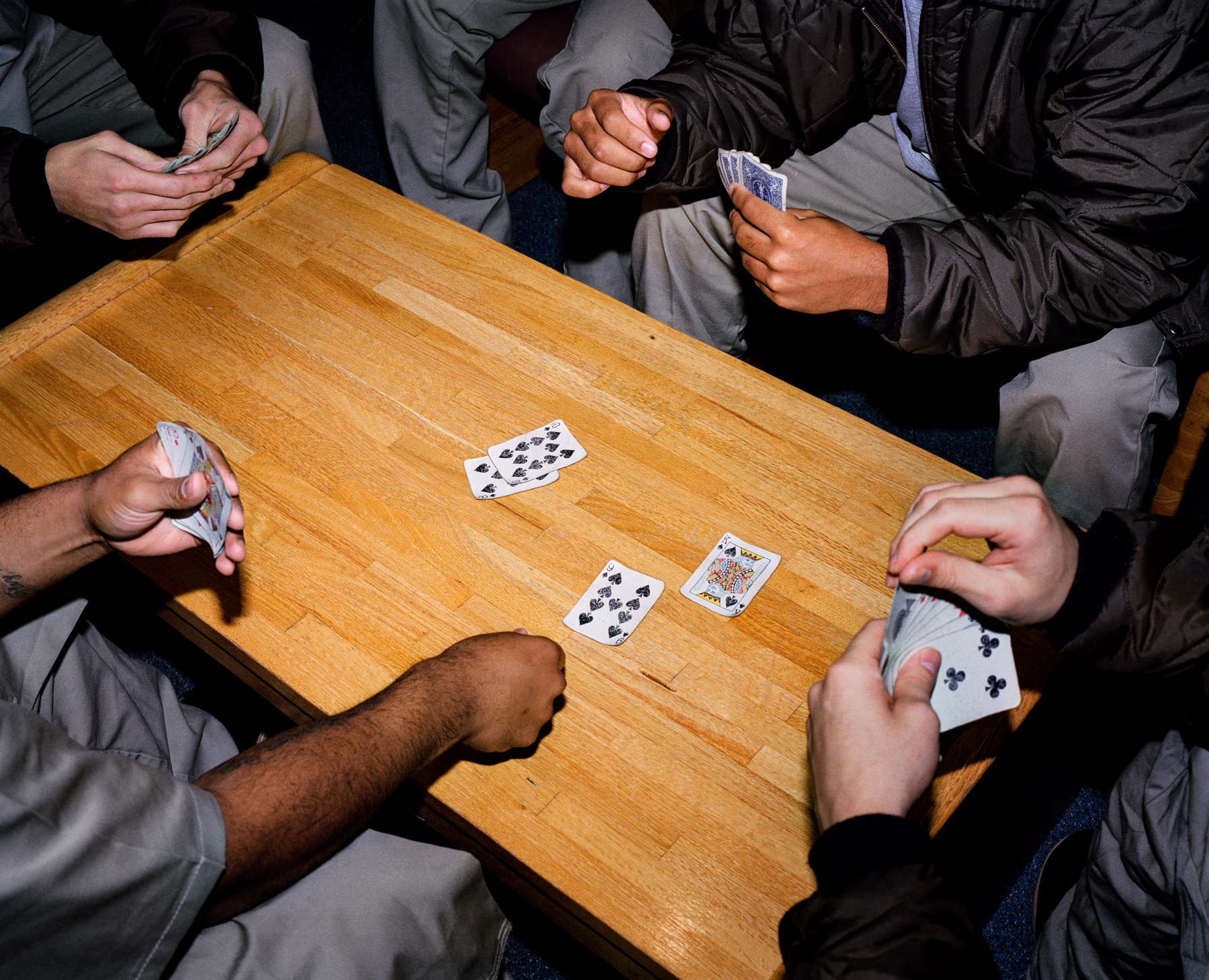
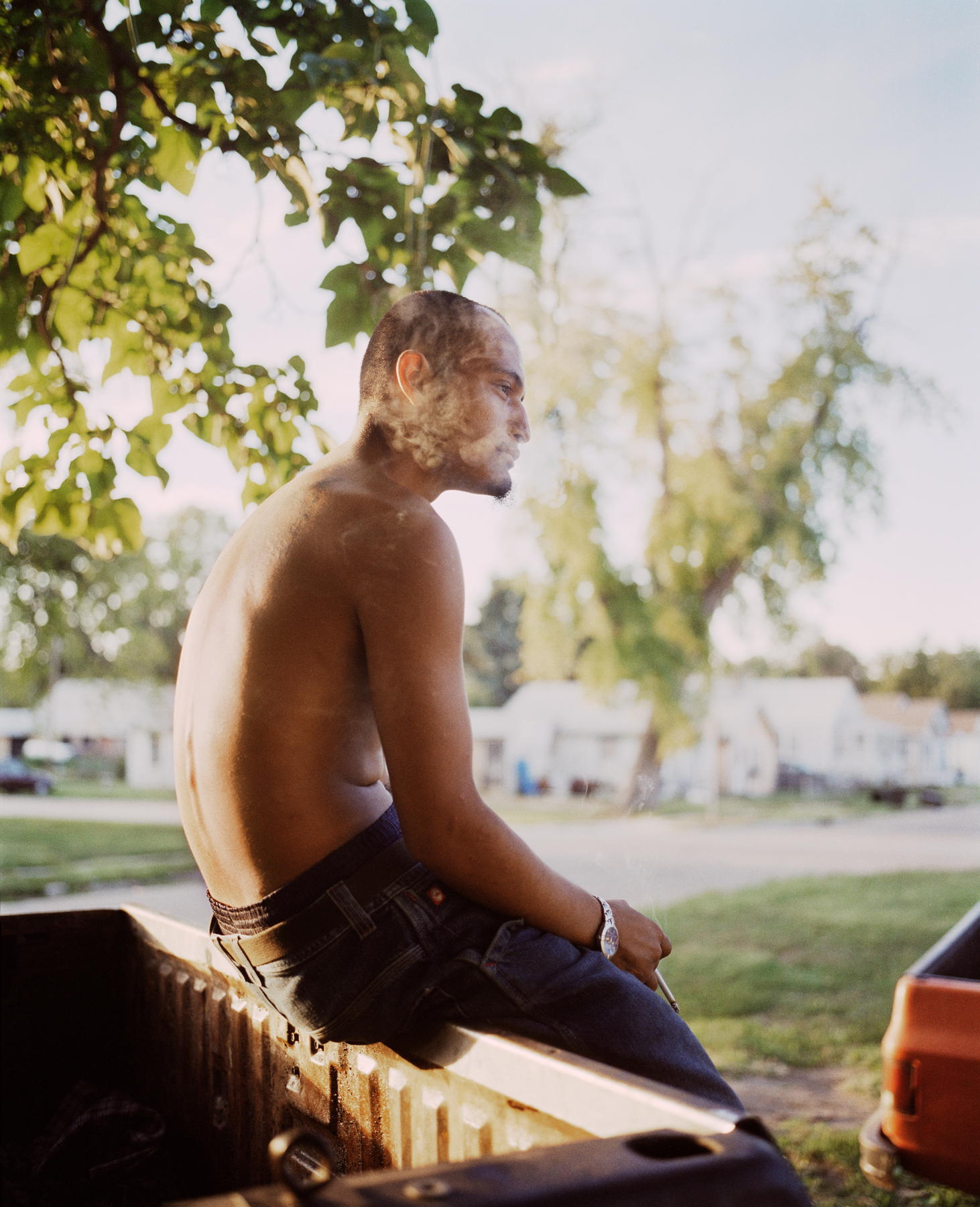

Gregory Halpern: Omaha Sketchbook is published by MACK and is on view 19th September – 12th October 2019 at Huxley Gallery, London
